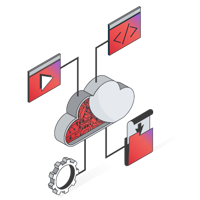
Who We Are
As a global leader in service management, we help businesses transform their operations with data-driven insights, scalable digital solutions, and measurable results. We take pride in serving a broad spectrum of industries across the world.
Our Solutions
Achieve business outcomes faster using our AI-led approach with market-leading technologies, and pre-packed content.


 Data-led Insights
Data-led Insights
 Market-Leading Technologies
Market-Leading Technologies
 Outcomes Methodologies
Outcomes Methodologies

















